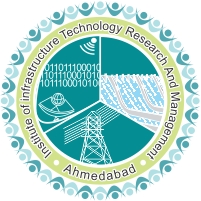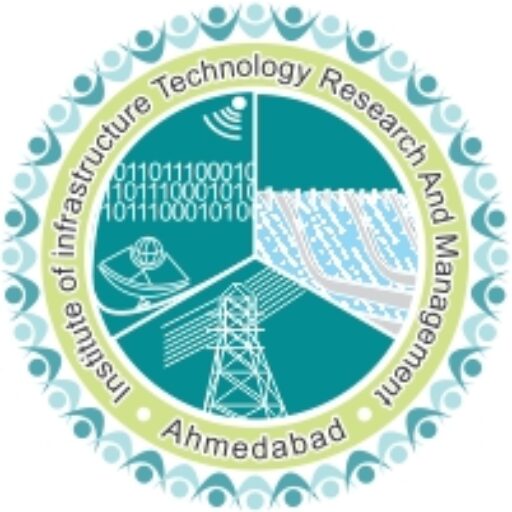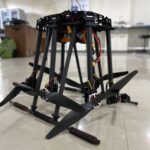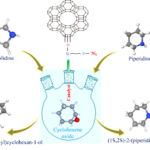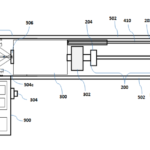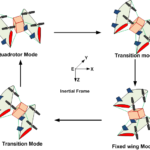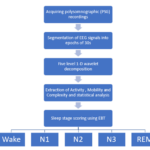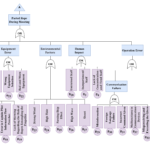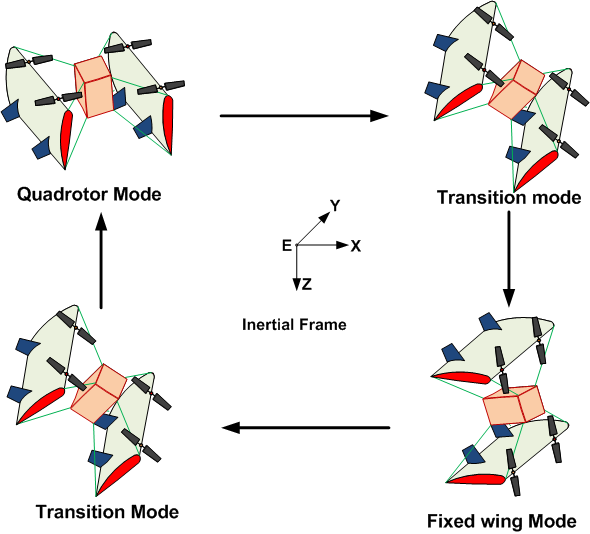The work is carried out by Ashish D. Rana, Indrajit D. Pharne, Kshitij Bhargava
Double-Perovskites have emerged as the promising lead-free energy harvesting material for photovoltaic applications. However, the inferior power conversion efficiency as compared to that already achieved with lead-based perovskite materials have stalled their commercial development. The electron and hole transport layers play a crucial role towards the performance of double perovskite solar cells (DPSCs). The authors report the numerical simulation-based optimization of DPSCs involving several popular electron and hole transport materials to propose a highly efficient DPSC design. The results are expected to assist the experimentalists in selecting the right combination of transport materials to enhance the efficiency of DPSC to 15.49% and pave the way towards achieving the theoretical limit.
